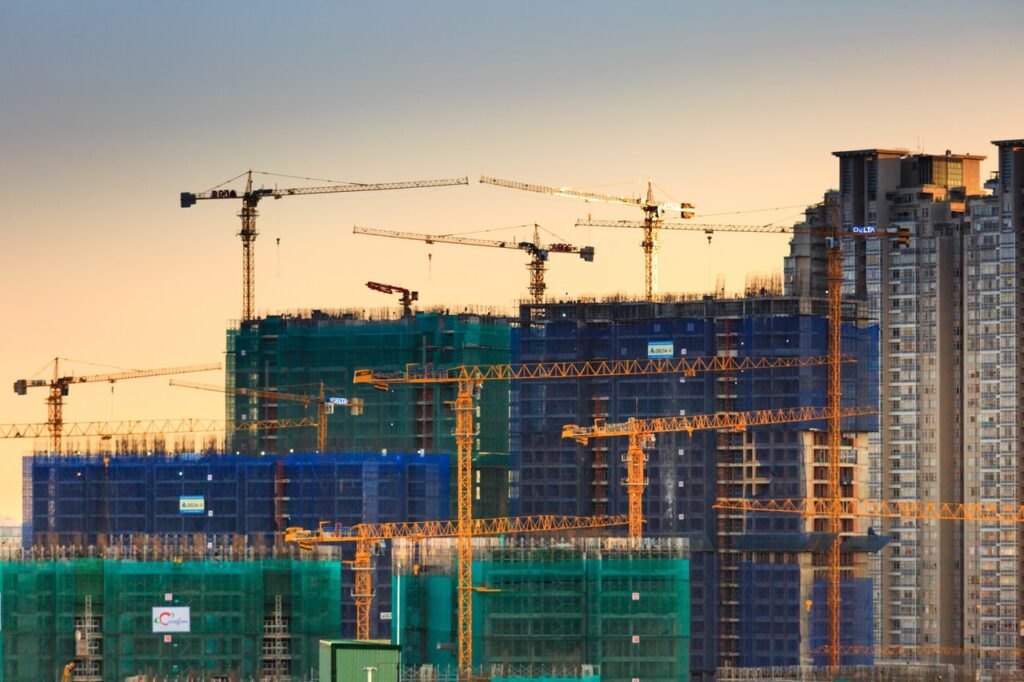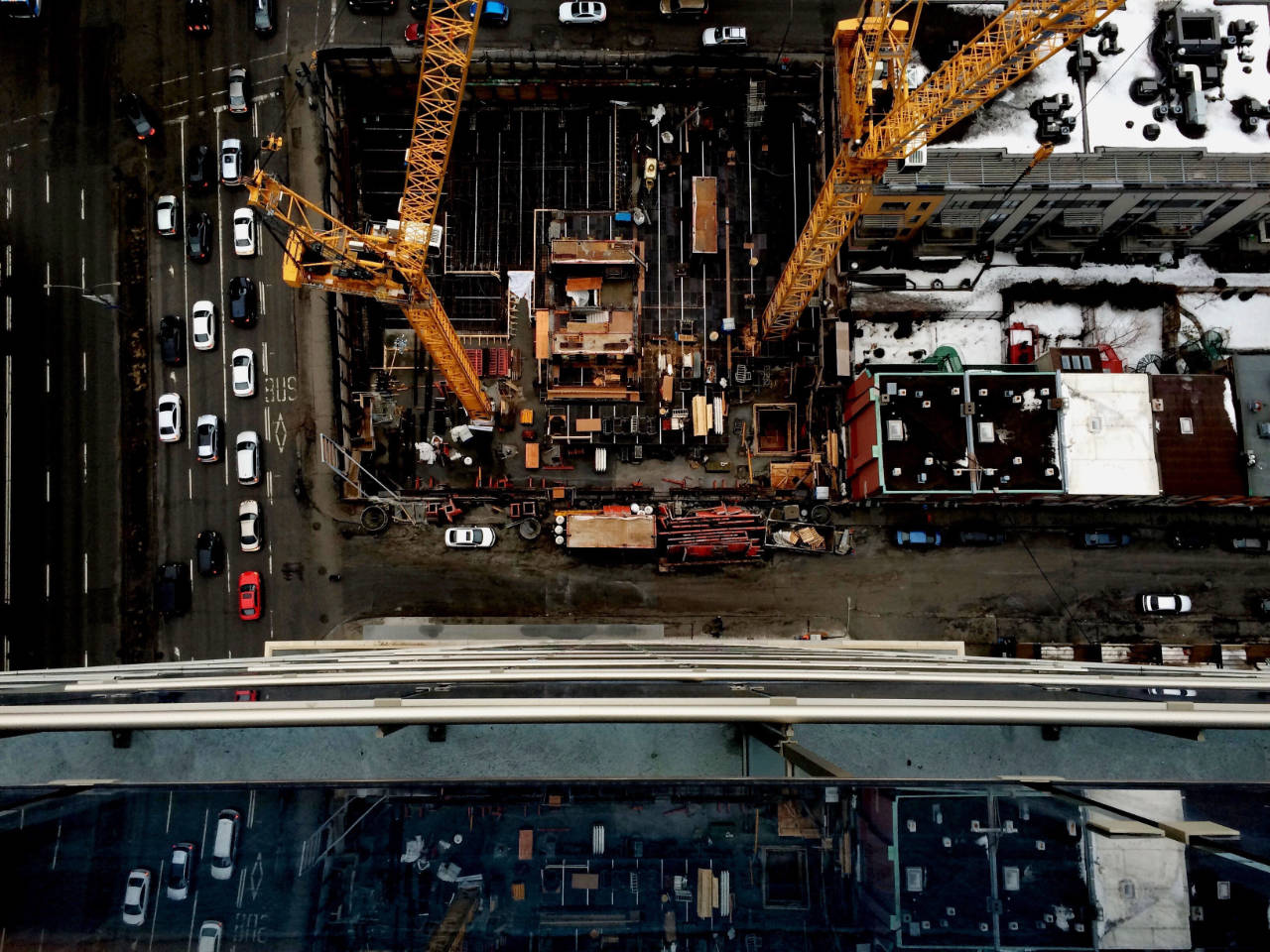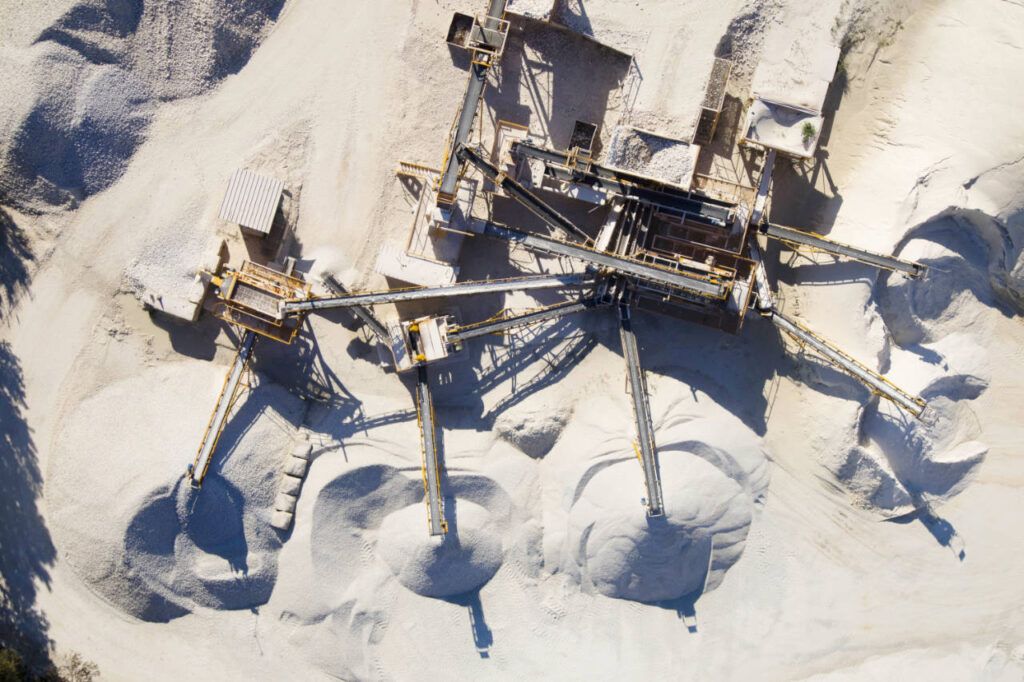So where to begin?
The first steps begin with us. We cannot afford to wait for someone else to solve these problems. There is a need to change public awareness, as well as policy, of the need for more durable and resilient buildings and infrastructure.
We must work within the science, with the facts and means, to engage consumers, investors and public officials about the need for greater resiliency planning.
This means we must design buildings to be more structurally resilient, more energy-efficient, and built with due attention to minimize flood, fire, as well as seismic risks.
It also means urban planning measures such as building codes, transportation planning, zoning regulations, land-use plans, water supply management, green infrastructure initiatives, health care planning, and disaster mitigation efforts must also adapt to the changing environment.
What we build with must also change. Concrete, the building block of modern societies, must also become more competitive, less carbon-intensive, and more easily deployed.
Already, changes are affecting how we produce and use concrete. Prefabrication, modular construction, and design/build approaches are changing the very fabric of the industry.
There are no easy answers to designing and constructing more sustainable and resilient buildings.
For example, laying waste to our forests – the true lungs of our planet – to build high-rise structures with mass timber is not an environmentally sane solution for dealing with climate change.
Adaptation to preserve our way of life and to protect the safety and well-being of our citizens will be an ongoing challenge for many years to come. We may have choices in how we adapt, but there is no option but to adapt.
For those of us who spend our days designing, building and replacing the places where we live, work, and play, there is no greater challenge.
This is what climate change means for us. It’s more than a business. It’s our mission.
Read more:
Reducing The Carbon Footprint Of The Built Environment https://bityl.co/8QMQ [Link will change]
Climate Change – What does it mean for us, the people who build buildings? [Link will change]
Resilient Buildings – MIT Concrete Sustainability Hub Fact Sheet https://bityl.co/8QOM





